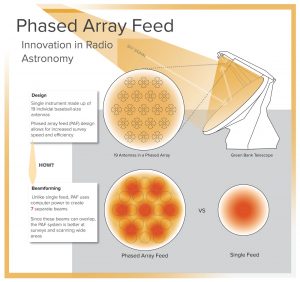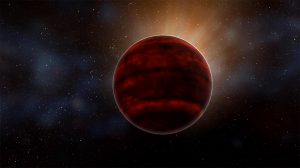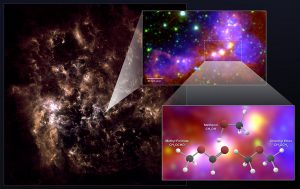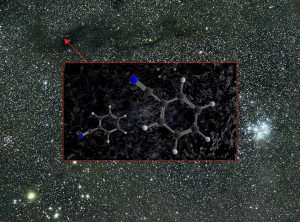This artist’s concept shows two proplyds, or protostars, around a massive O-type star. The nearer proplyd is having its planet-forming dust and gas blasted away by the radiation from the star. The farther proplyd is able to retain its planet-making potential.


Innovation Advances ‘Phased Array Feed’ Imaging System
Infographic demonstrating the layout of the newly designed Phased Array Feed receiver that was tested on the Green Bank Telescope.

Powerful Flare from Star Proxima Centauri Detected with ALMA
Artist impression of a red dwarf star like Proxima Centauri, the nearest star to our sun. New analysis of ALMA observations reveal that Proxima Centauri emitted a powerful flare that would have created inhospitable conditions for planets in that system.

Stellar Embryos in Nearby Dwarf Galaxy Contain Surprisingly Complex Organic Molecules
Astronomers using ALMA have uncovered chemical “fingerprints” of methanol, dimethyl ether, and methyl formate in the Large Magellanic Cloud. The latter two molecules are the largest organic molecules ever conclusively detected outside the Milky Way. The far-infrared image on the left shows the full galaxy. The zoom-in image shows the star-forming region observed by ALMA. It is a combination of mid-infrared data from Spitzer and visible (H-alpha) data from the Blanco 4-meter telescope.

GBT Finds Benzonitrile in the Taurus Molecular Cloud 1
Astronomers using the Green Bank Telescope have made the first definitive interstellar detection of benzonitrile, an intriguing organic molecule that helps to chemically link simple carbon-based molecules and truly massive ones known as polycyclic aromatic hydrocarbons. This discovery is a vital clue in a 30-year-old mystery: identifying the source of a faint infrared glow that permeates the Milky Way and other galaxies. The science team, led by chemist Brett McGuire at the National Radio Astronomy Observatory in Charlottesville, Virginia, detected this molecule’s telltale radio signature coming from a nearby star-forming nebula known as the Taurus Molecular Cloud 1, which is about 430 light-years from Earth.

Primordial Galaxies Swimming in Vast Ocean of Dark Matter
Artist impression of a pair of galaxies from the very early universe. Ongoing observations with the Atacama Large Millimeter/submillimeter Array (ALMA) have discovered surprising examples of massive, star-filled galaxies seen when the cosmos was less than a billion years old. This suggests that smaller galactic building blocks were able to assemble into large galaxies quite quickly. The latest ALMA observations push back this epoch of massive-galaxy formation even further by identifying two giant galaxies seen when the universe was only 780 million years old, or about 5 percent its current age. ALMA also revealed that these uncommonly large galaxies are nestled inside an even-more-massive cosmic structure, a halo of dark matter several trillion times more massive than the sun.





